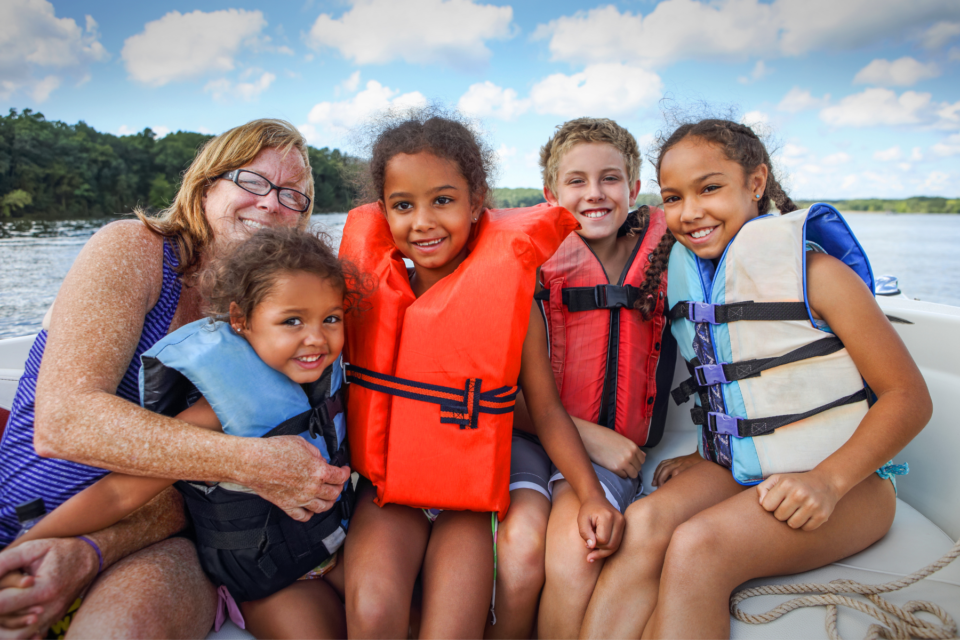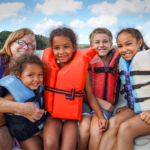Wyoming State Parks Reminds Boaters to Think Safety On The Water

As the summer winds down and weather begins to get more unpredictable, Wyoming State Parks reminds boaters that just a few precautions can ensure your trip on the water is a safe and enjoyable one.
Life jackets are essential. According to the U.S. Coast Guard 81% of boating deaths are due to drowning and 83% of drowning victims weren’t wearing a life vest.
Don’t drink and boat. Operating a boat under the influence of alcohol is illegal in all 50 states with the legal limit to operate a boat being .08% blood alcohol limit. Alcohol can be more hazardous on water than on land. Waves, vibration, engine noise, sun, wind spray and other stressors on a boat can accelerate the effects of alcohol and the drinker’s level of impairment.
Beware of a boat’s propellers. Before starting the engine make sure all passengers are accounted for and people are away from your boat.
Water skiing, tubing and wakeboarding are all popular water sports. A few tips can help minimize the risks.
Know how to get up out of the water and how to safely use a tow rope. Make sure the towline isn’t caught in the propeller or wrapped around you prior to beginning. Also, wait for the propeller to stop before getting back on the boat.
Watch for inclement weather. Check the weather forecast and keep an eye out for inclement weather which can change quickly in Wyoming. If you notice sudden wind shifts, dark skies, lightning or choppy water, get off the water as soon as possible.
Additionally, as we move into the fall season, water temperatures in Wyoming cool down considerably. Use of a wetsuit is encouraged to make your day in the water not only more comfortable but also help ward off hypothermia.
Here are a few signs that you may be suffering from hypothermia while in the water. Uncontrollable shivering and numbness and loss of simple coordination are signs of mild hypothermia. Confusion and strange inebriated-like behavior and /or slurred speech are signs of moderate hypothermia and blue-gray skin, slow or halted breathing and loss of consciousness indicate severe hypothermia.



